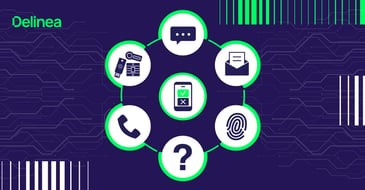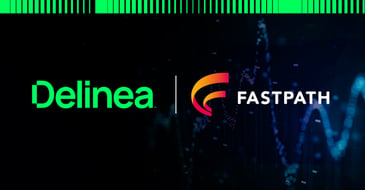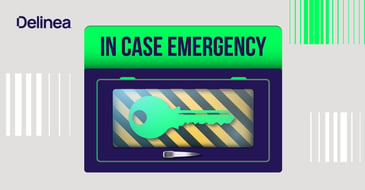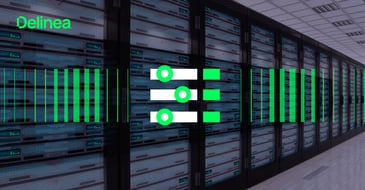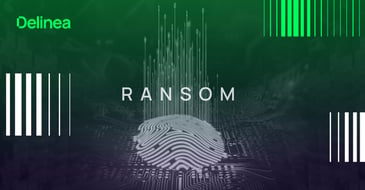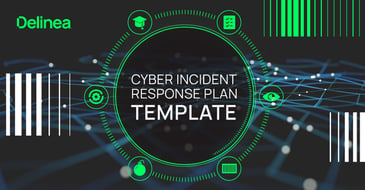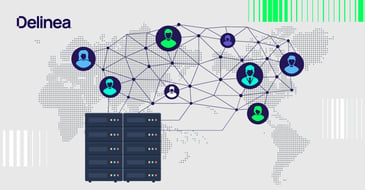
Delinea Blog
Delinea's Privileged Access Management Blog for CISOs and IT Security Pros
Delinea Revolutionizes Identity Governance and Administration by Extending Least Privilege Enforcement with Fastpath Acquisition
Delinea announced that we have officially closed the acquisition of Fastpath, marking a significant expansion in Delinea's capabilities to enhance privileged access, controls, and governance, reducing organizational cybersecurity risk and ensuring compliance.
Read More
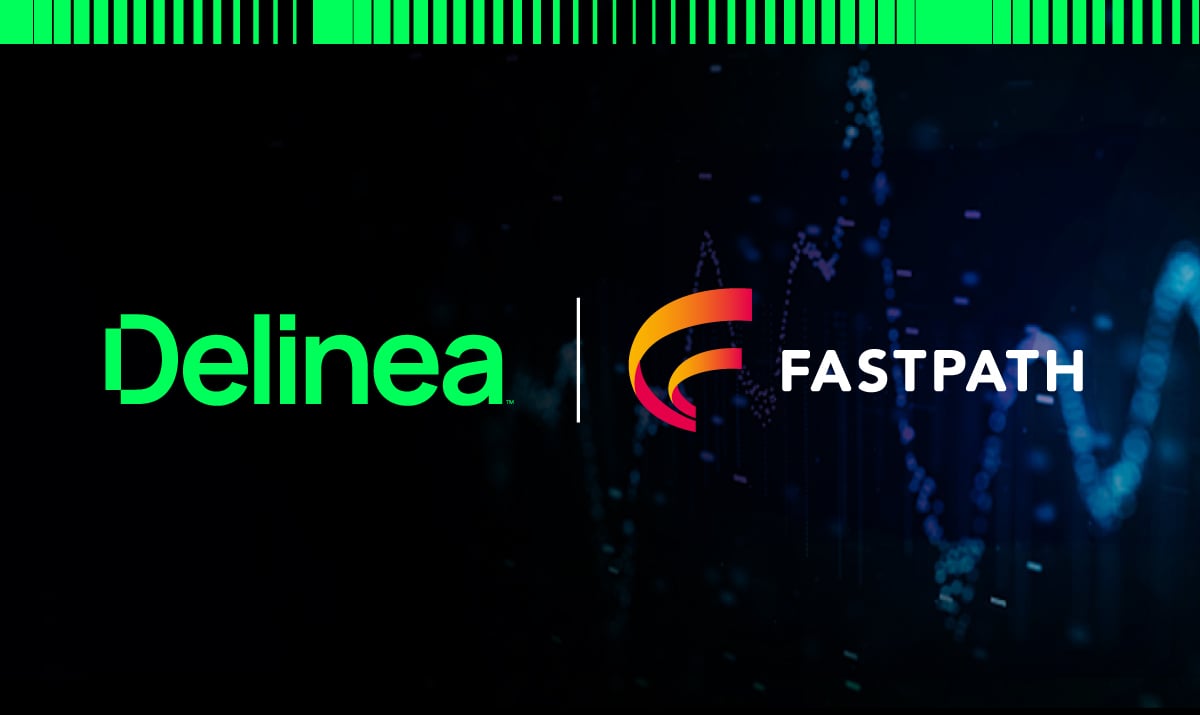
Looking for something specific? Search here:


